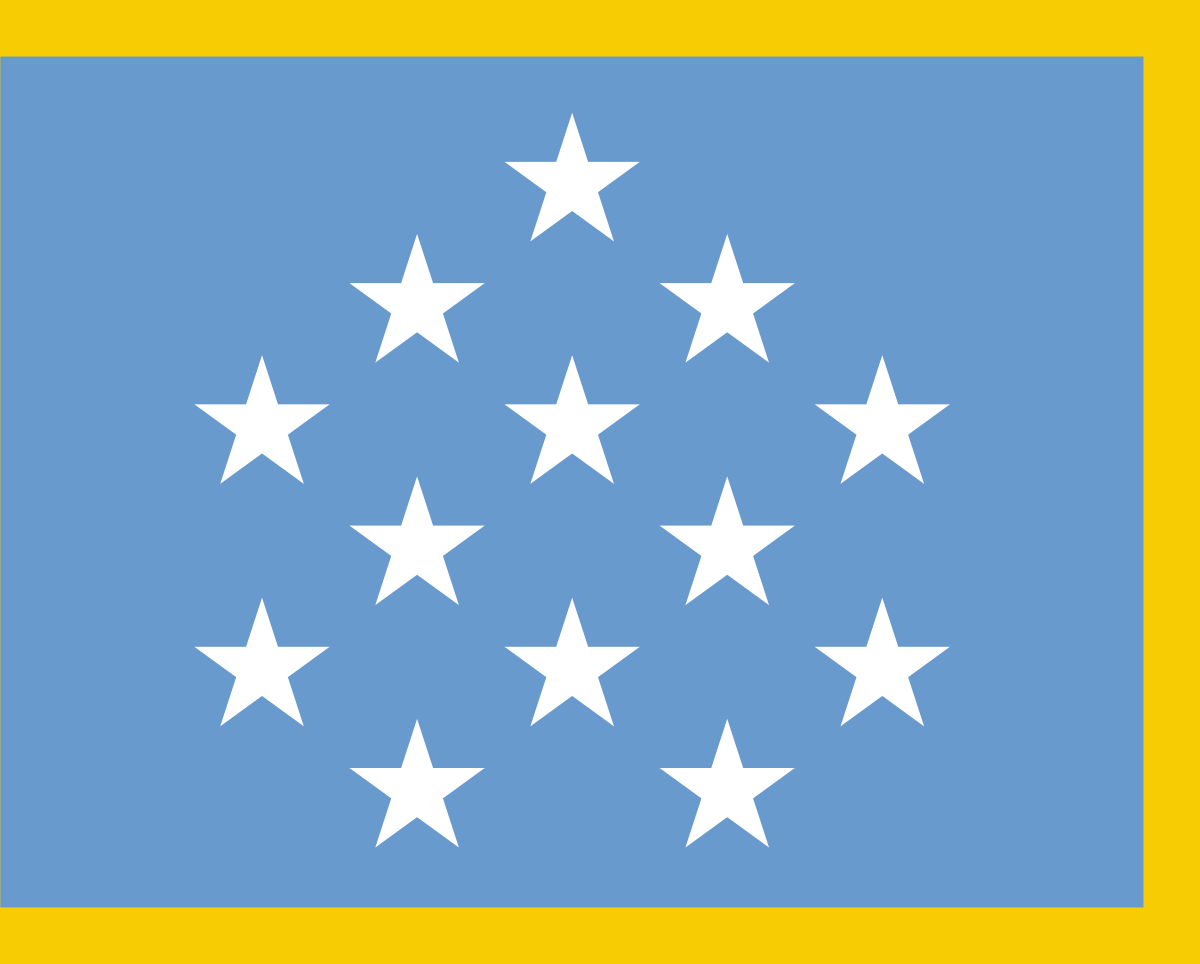During the lead up to WW2 the US army was still essentially equipped with WW1 weapons such as the Springfield and 1918 and 1922 BARs.
While much was expected of the M1 Garand teething issues in development and production had delayed its deployment.
Initially intended as a back up programme in case the M1 Garand project failed to deliver a small team at Winchester approached Československá zbrojovka and Enfield regarding their ZB 33 / BREN gun development of the ZB26 and ZB 30 LMG.
It was hoped that developing the ZB33 from .303 to .30-06 would be a relatively simple 'low risk' exercise and so it proved with the Czech and Winchester engineers able to leverage the metric to imperial conversion already conducted for the British LMG.
20 weapons were trialled in 1936 by BuOrd and performed to expectations.
Particularly liked was the QC Barrel, speed of magazine change and ease of field strip relative to the BAR.
It is well known that the BuOrd made what is now considered to be a ridiculous demand on the design and that is that the M1937A1 as it was officially known be compatible with the BAR 20 round magazines and this delayed development for at least 12 months.
The main driver for this 'demand' was the work that had been undertaken on the BAR in order to modernise it and BuOrd were concerned with their being 2 differing 'LMG' magazines in the logistics chain but eventually BuOrd were sold on the better quality 30 round magazines that the gun used and they dropped the 'demand'.
Despite being accepted for service in 1937 production was slow with the first factory at Rock Island producing the first gun and kit in 1939 in fairly low production numbers. While Springfield had driven the design they were far to busy with the Garand production and so production was initially stood up on the Arsenal Island.
It was only with the German and Austrian army invasion of Czechoslovakia in June 1940 and the subsequent declaration of war by Britain and France that signalled the start of the 2nd Great War that BuOrd ramped up orders and several other factory's became involved as the US government began to build up the US Army into a continental force.
The New England Small Arms Corporation and International Business Machines Corporation (IBM) where both instrumental in producing the BREW LMG and between 1941 and 1946 they would produce nearly 300,000 weapons.
There had been talk of those companies producing more BARs but it was thought that they, with their modern machine tooling would be better of producing a more modern weapon design such as the M1937A1.
Several variants of the gun were produced - with the A2 version simplifying the rear sight and stock
The A3 (produced from early 1943) shortened the barrel and IBM introduced a plastic stock that was standardised across all production that overall reduced the weight of the weapon by over 2 pounds.
The A3 'Ranger' or 'Stinger' as it was known in the USMC had a forward 'pistol' grip to better allow it to be fired from the hip or even from the shoulder for units on patrol and in the final assault phase and is said to have been responsible for 'several surviving CMOH's' such as those won by Sgt Basilone on Guadalcanal and Okinawa
The A4 was an A3 converted to 7.62 NATO.
The BREW would continue to serve the US Armed forces until it was fully replaced by the FN MAG (M61) during the late 60s but continued to serve in NG units until as late as 1988 and the USMC into the 90s.

